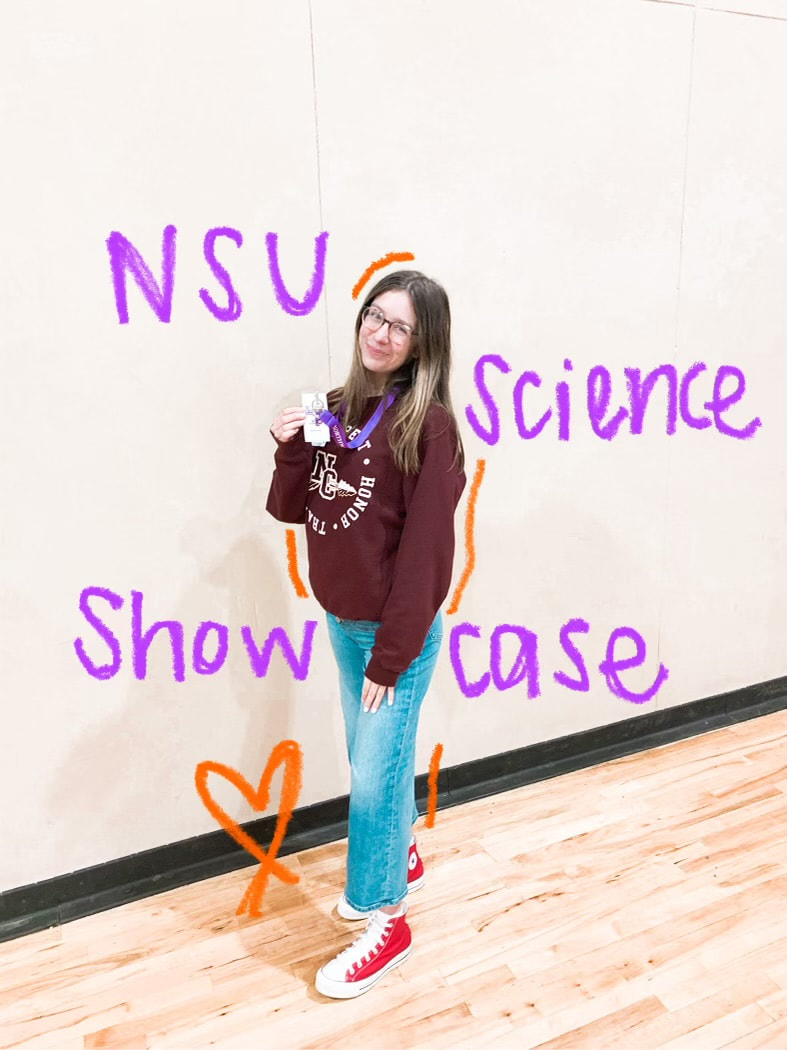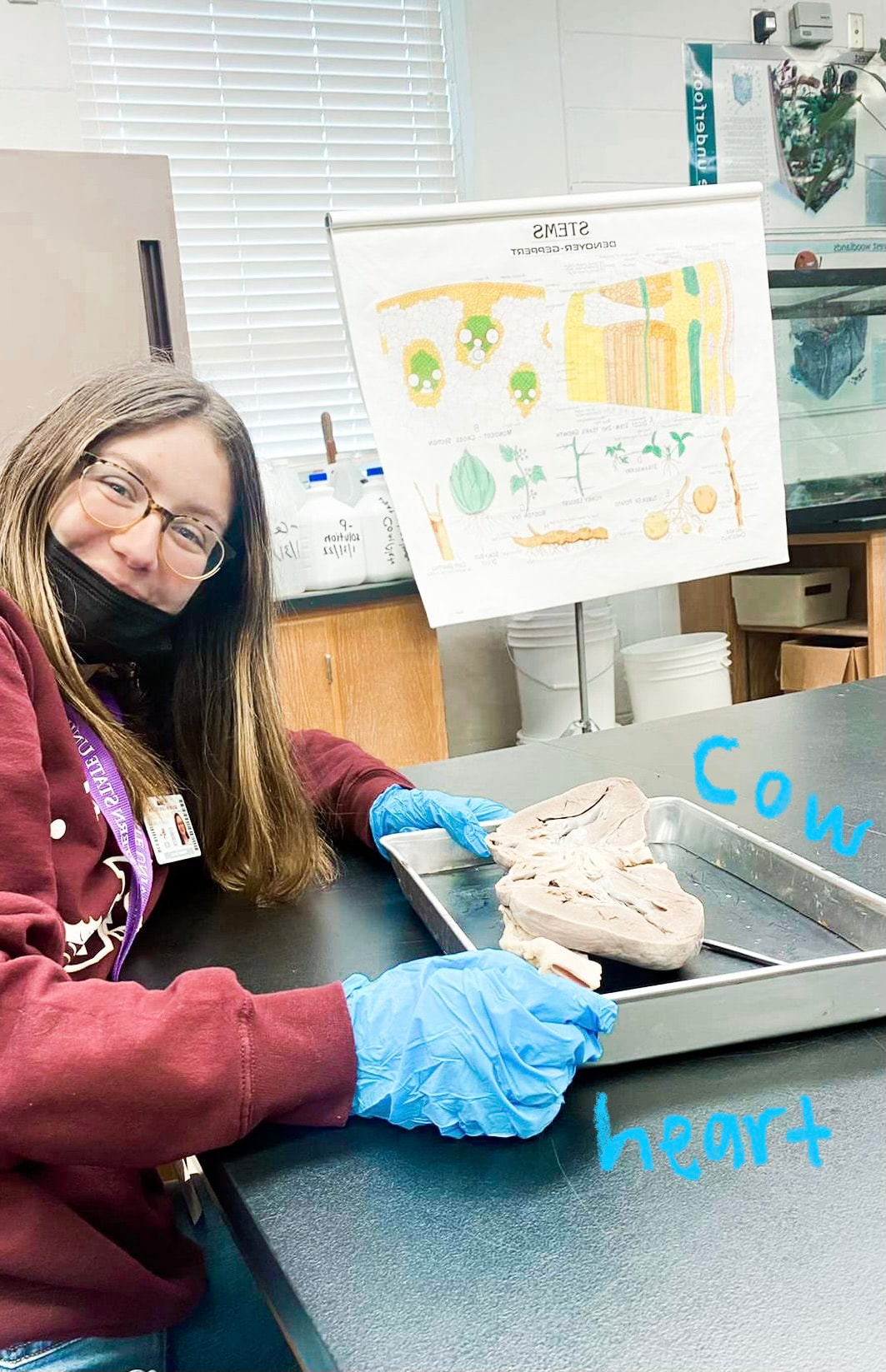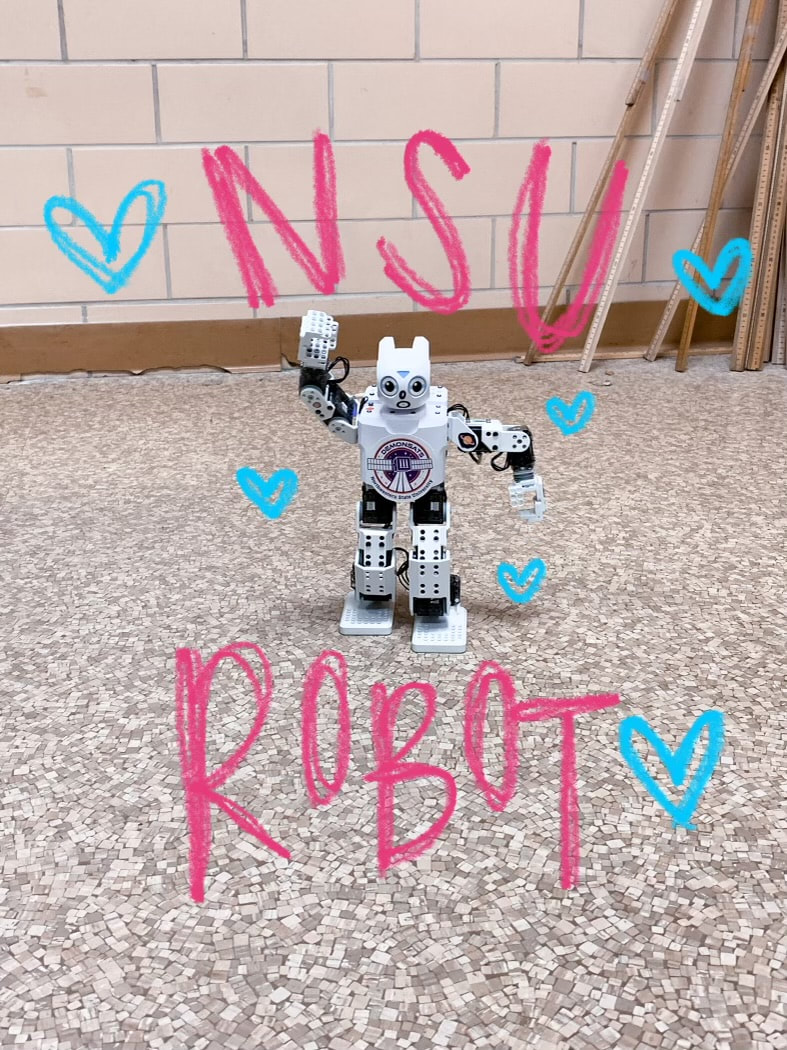|
By Addison Evans, Head Journalist I recently had the opportunity to attend Northwestern State University’s Science Showcase. My school had been invited to attend and I immediately knew I couldn’t pass up the chance to go. Science is something I’m very passionate about so I spend as much time learning about it as I can. When we arrived at the Showcase, we were put into groups based on our primary focus. My primary focus was biomedicine so I was able to participate in activities that were right up my alley. We started in the robotics department where we were able to see a state-of-the-art robot. This robot, which was able to do various tricks, uses some of the same technology as Carnegie Mellon University (CMU) and Massachusetts Institute of Technology (MIT). At these two universities, they use this technology in larger robots and for other robotic technology. The robot at NSU is controlled by a special tablet that controls its functions and movement. The professor allowed me to test the robot out and see first-hand how this groundbreaking technology works. It’s fascinating how a robot can simply move by just the click of a button! Next, we went to the chemistry lab where we conducted two experiments. The first experiment was elephant toothpaste. If you ever watch a movie and see a reaction where substances foam over the test tube, this experiment is exactly like that. Using yeast as your catalyst, you are able to break down hydrogen peroxide. When you mix yeast with hydrogen peroxide, the hydrogen peroxide will break down into water and oxygen gas. Adding dish soap to the experiment traps gas bubbles formed from the oxygen gas, creating a foam. Because this is an exothermic reaction, it releases heat as the foam rises. The second was an experiment with gummy bears where another exothermic reaction occurred. Gummy bears are composed of mainly sugar (known as sucrose in organic chemistry). Sucrose is broken down into two main parts, glucose and fructose. When the potassium chlorate melts, it forms into potassium chloride and oxide. When you drop the gummy bear into the test tube, the oxide from the potassium chlorate reacts with the glucose molecule in the sucrose. This creates a combustion reaction. Basically, the gummy bear explodes! Because this reaction is happening so quickly, it looks as if there is a firework exploding inside of the test tube. After all of the fun we had in the chemistry lab, we went to the main science department building and studied cow hearts. We learned that there are 4 main sections of a cow heart: right atrium, right ventricle, left atrium, and the left ventricle. Deoxygenated blood passes through the tricuspid valve from the right atrium. The blood returns to the left atrium, passes into the left ventricle, and is pumped out through the aorta. The aorta is the main artery of the circulatory system and the largest blood vessel in the body. The reason we studied cow hearts is because they’re very similar to human hearts. We were able to see its similarities in structure to a human heart without actually using a human heart. UC Davis is currently developing a predictive model that uses cardiac research from various animal species to help humans. This model could benefit the drug development process and find therapeutic methods for heart diseases in humans. We went to the veterinary classroom and learned about animals. We were informed of how to give an animal CPR and how it’s so similar to human CPR. CPR, which stands for Cardiopulmonary Resuscitation, involves repeated compression of a patient’s chest to restore blood flow and breathing. If you think your dog or cat needs CPR, check for breathing and a heartbeat first. If you don’t see that your animal is breathing/doesn’t have a heartbeat, begin giving chest compressions. Chest compressions vary depending on the size and structure of your animal. See https://www.redcross.org/take-a-class/cpr/performing-cpr/pet-cpr for more information. Chest compressions need to be pushed at a rate of 100-120 compressions per minute. Many songs have beats that match the compressions needed per minute: Dancing Queen (ABBA), Stayin’ Alive (Bee Gees), Man In the Mirror (Micheal Jackson), Crazy In Love (Beyonce ft. Jay-Z), Set Fire To The Rain (Adele), and more. We were given stuffed animal cats and dogs to practice compressions on. We even got to listen to “Stayin’ Alive” to ensure that our compressions were on beat. The NSU Science Showcase was a great opportunity for me to venture out into various science fields and see what I’m most interested in. As a young woman in STEM, I find it so important that I’m given opportunities like these. I had SO much fun & the day was even better because I was surrounded by so many of my friends. Word bank:
Catalyst- A substance that increases the rate of a chemical reaction Exothermic reaction- A reaction that releases energy in the form of light and/or heat Combustion- A chemical reaction between substances where burning occurs Comments are closed.
|
Our writersArielle Arbel Archives
August 2022
Categories |



